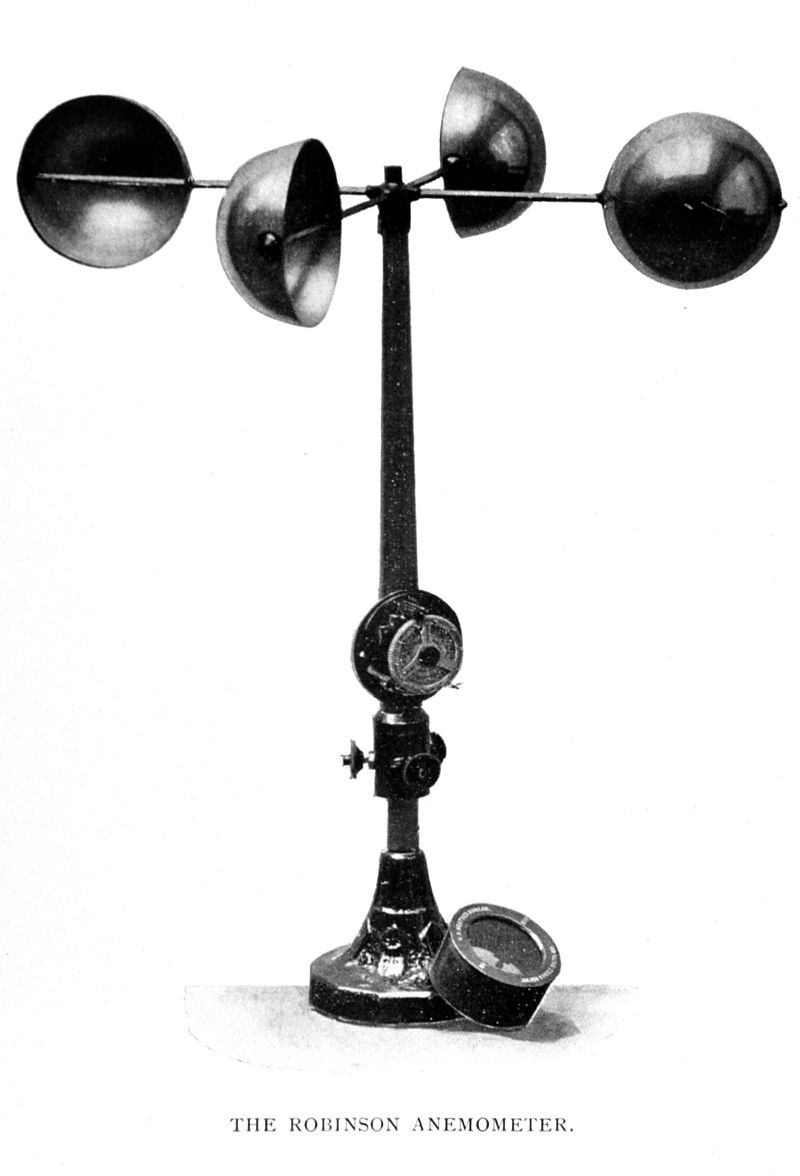Anemometers Unveiled: Comprehending Their Relevance in Ecological Surveillance and Precaution
The role of anemometers in environmental surveillance and security procedures is commonly ignored, yet their significance is obvious. From meteorology to aeronautics safety, anemometers play a vital role in supplying exact data that educates decision-making processes and enhances overall safety and security.
Background of Anemometers
The evolution of anemometers can be mapped back to the old worlds where simple wind determining devices were initial used. One of the earliest well-known anemometers was the hemispherical cup anemometer created by Leon Battista Alberti in the 15th century.
Over the years, improvements in innovation led to the advancement of more contemporary anemometers, including ultrasonic anemometers and laser Doppler anemometers, providing enhanced precision and effectiveness in gauging wind rate and instructions. The history of anemometers showcases a remarkable trip of technology and progression in the area of meteorology.
Sorts Of Anemometers
Throughout the field of weather forecasting, different kinds of anemometers have been created to accurately gauge wind speed and instructions. Sonic anemometers use ultrasonic signals to determine wind speed and direction properly. Hot-wire anemometers operate based on the principle that the cooling effect of wind on a warmed wire is symmetrical to the wind speed.
Applications in Meteorology
Having actually gone over the various sorts of anemometers utilized in weather forecasting for gauging wind rate and direction, it is vital to explore their practical applications in the area. Anemometers play a critical function in weather forecasting by offering precise and real-time information on wind problems (anemometer). Meteorologists make use of anemometers to monitor wind speed and direction to forecast weather patterns, issue warnings for severe weather events like storms, hurricanes, and typhoons, and assess weather for aviation safety and security
In weather forecasting, anemometers assist in recognizing regional and regional wind patterns, which are essential for anticipating weather condition modifications and establishing weather fads. These tools are additionally made use of in research to study microclimates, urban warmth islands, and air contamination diffusion. Furthermore, anemometers are employed in farming to maximize plant administration practices, such as irrigation and pesticide application, based upon wind problems.
Relevance in Aeronautics Safety And Security
An indispensable facet of guaranteeing aviation safety lies in the thorough tracking of wind conditions making use of anemometers. Anemometers play a critical function in aviation by supplying real-time data on wind rate and direction, helping pilots in making informed decisions throughout touchdown, flight, and take-off. Unpredictable and solid winds can substantially affect airplane operations, making it crucial for air travel authorities to rely upon accurate wind dimensions to make certain the security of travelers and crew.

In the dynamic atmosphere of aviation, where also minor modifications in wind speed and instructions can have profound effects, anemometers stand as essential tools for advertising safe and secure and safe air traveling.
Function in Environmental Research
Exactly how do anemometers contribute to innovations in ecological study? Anemometers play a crucial function in ecological research study by offering essential data on wind speed and direction. This information is essential for comprehending numerous atmospheric procedures, such as air contamination diffusion, weather patterns, and climate change. By accurately measuring wind qualities, anemometers assist scientists analyze the motion of contaminants airborne, examine the influence of industrial discharges, and forecast the spread of contaminants in the environment.


Verdict
In final thought, anemometers have played a crucial duty in i was reading this ecological monitoring and safety actions. Recognizing the relevance of anemometers is vital for accurately gauging wind speed and direction, which is important for anticipating weather patterns, guaranteeing risk-free air travel procedures, and carrying out environmental studies.
One of the earliest known anemometers was the hemispherical cup anemometer invented by Leon Battista Alberti in the 15th century. Over the years, developments in modern technology led to the development of more modern-day anemometers, consisting of ultrasonic anemometers and site link laser Doppler anemometers, offering enhanced accuracy and effectiveness in determining wind his comment is here rate and instructions. Hot-wire anemometers operate based on the concept that the cooling result of wind on a heated wire is symmetrical to the wind rate. Meteorologists utilize anemometers to monitor wind speed and instructions to forecast weather patterns, issue cautions for serious weather condition occasions like cyclones, storms, and tornadoes, and examine climatic problems for air travel security.
Understanding the importance of anemometers is essential for precisely determining wind rate and instructions, which is essential for predicting weather patterns, making sure secure aeronautics procedures, and conducting environmental studies. (anemometer)